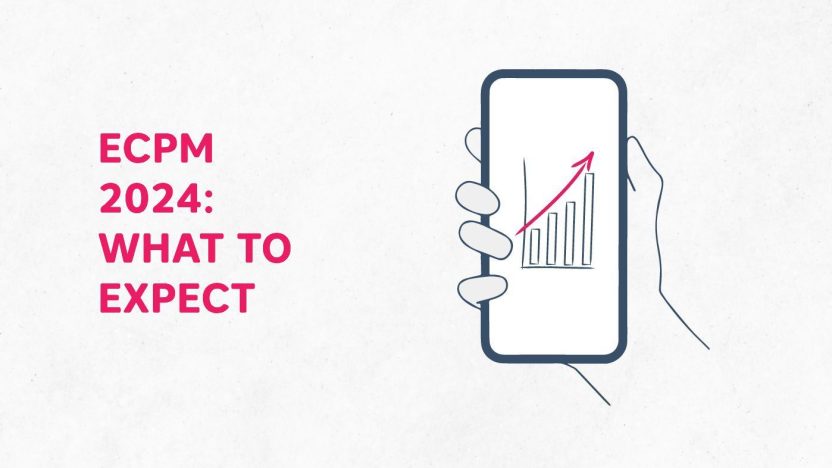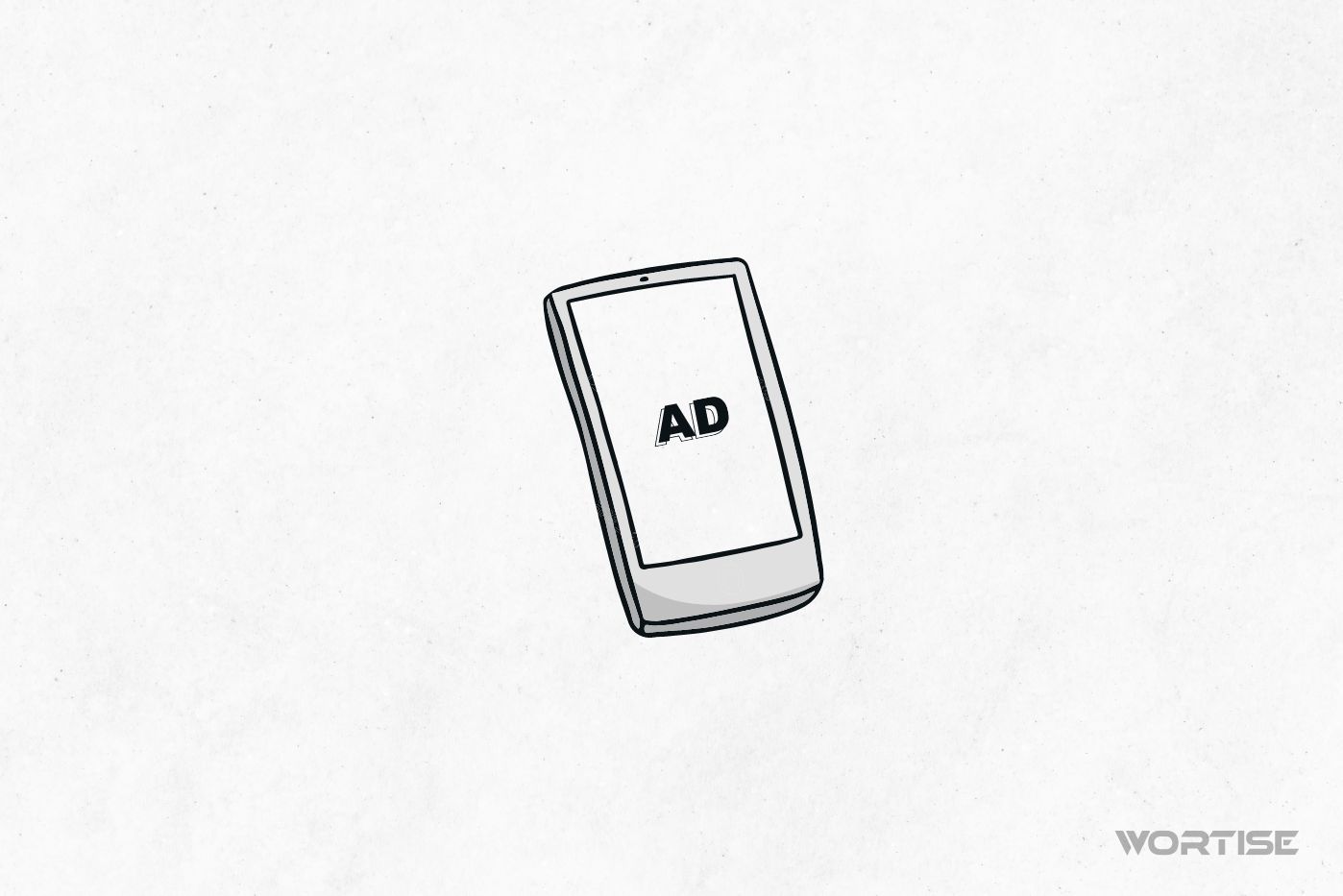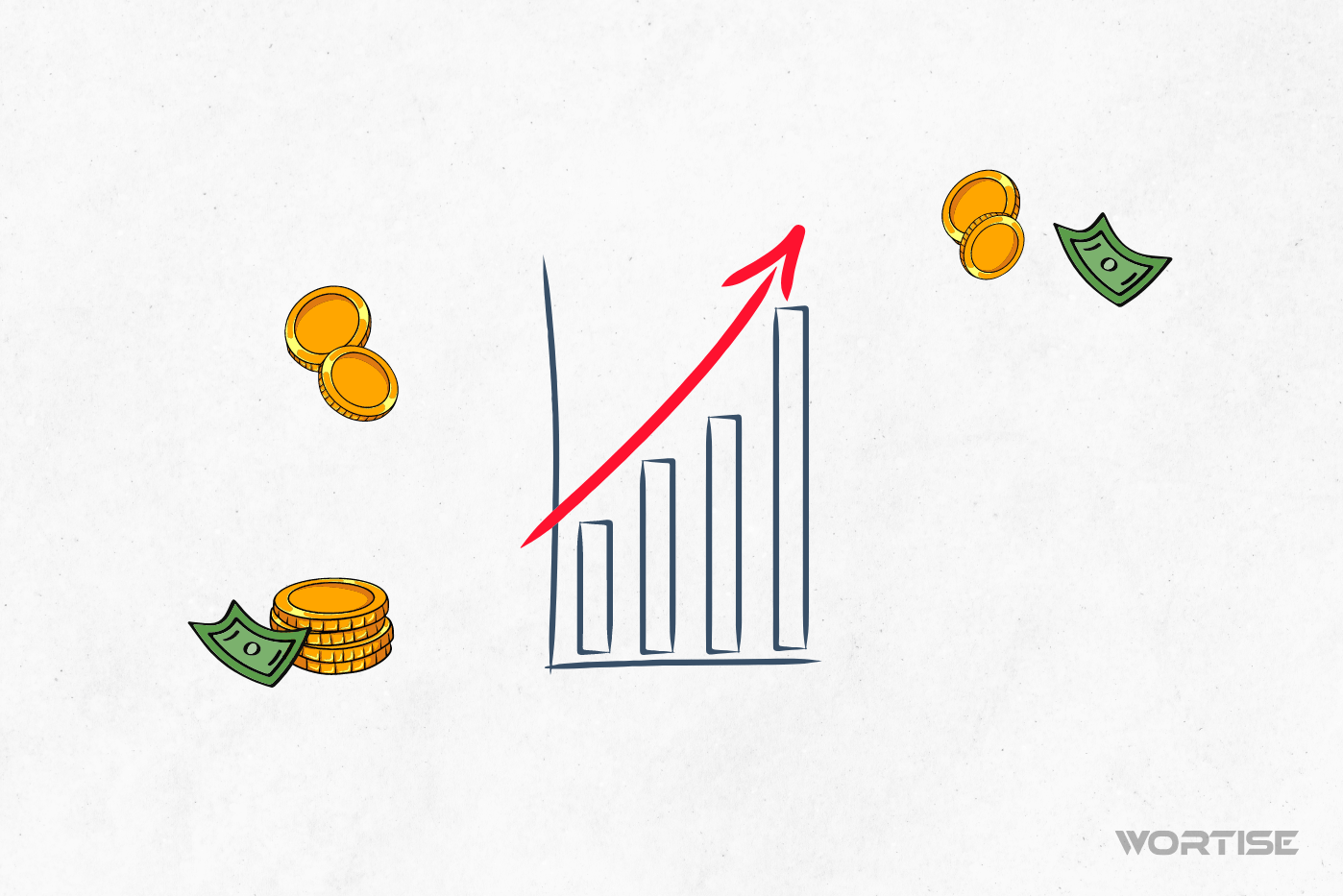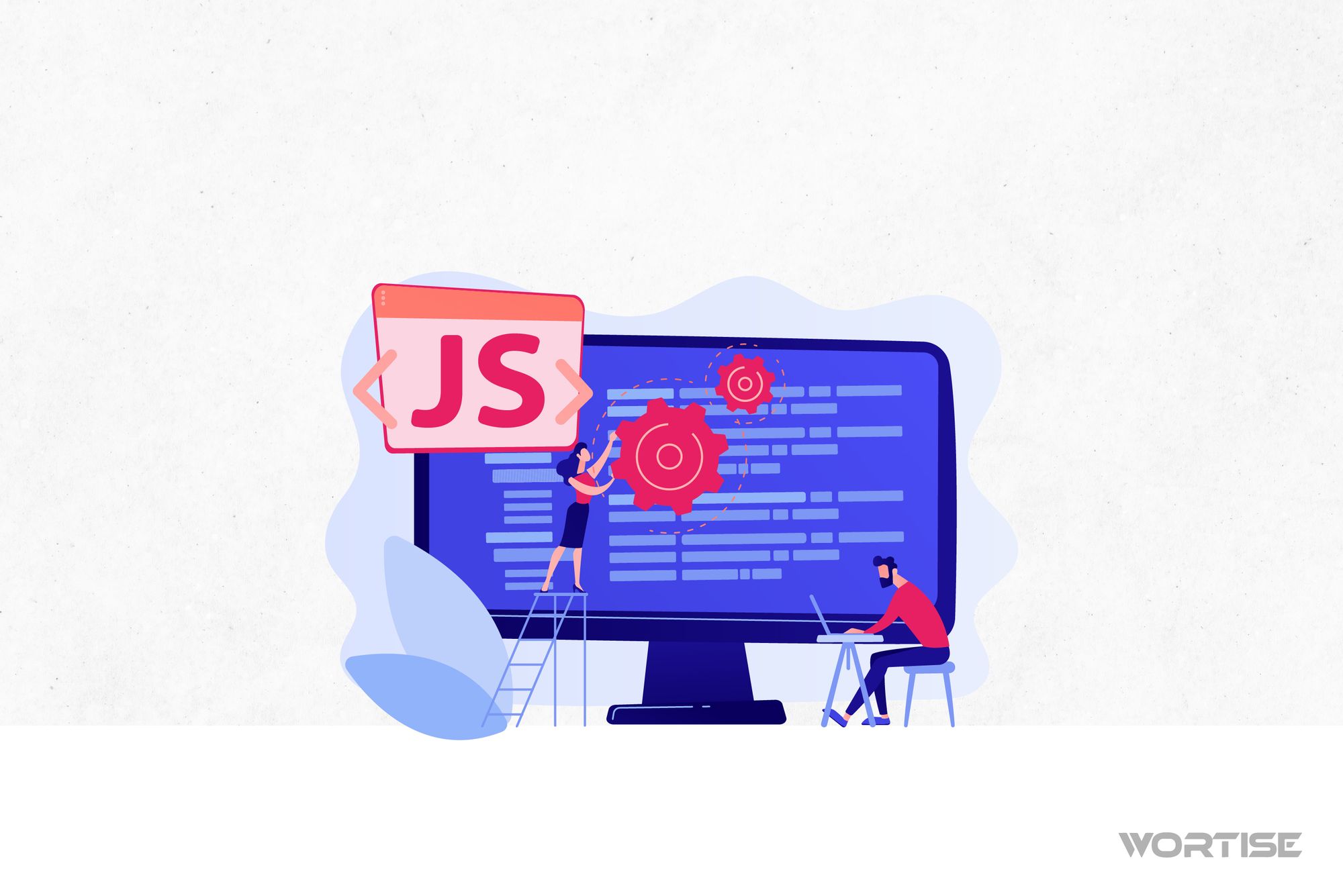We’ve all heard the legend: between January and March, publishers experience the advertising apocalypse, and there are plenty of reasons to believe it. Like any other market, publishers face a downturn after the high-demand months of November and December, marked by discount seasons, increased advertising spending, and users’ specific behaviors during the festive season; all followed by a decrease in euphoria and available money. You know the saying: what goes up…?
Although there’s nothing unusual about this, it’s crucial to understand the underlying reason well not to despair (important), to act smartly during the “drought,” and to map your steps well for the following months.
In this brief article, we explain what is expected in the industry and its main reasons.
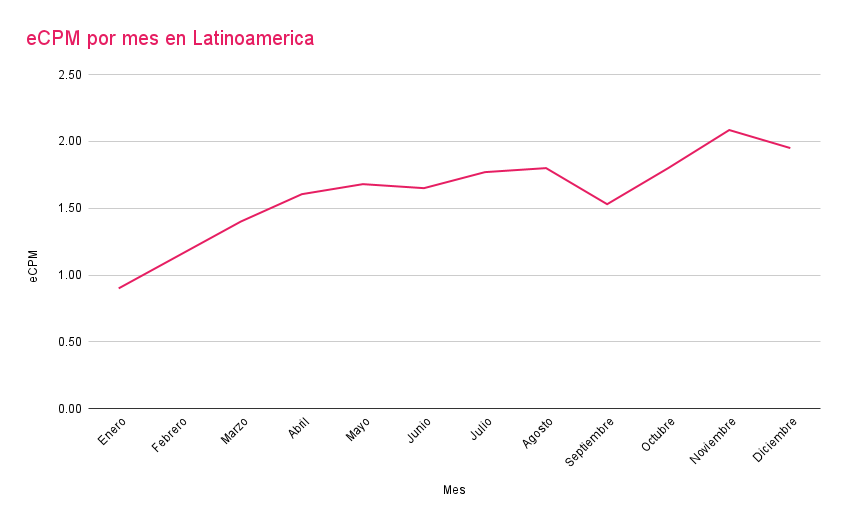
January to March: Sleeping eCPM
Historically, January is the month where eCPM falls drastically after the good results of November and December. Compared to the last quarter of the year, there are cases of up to a 60% decrease in eCPM and the ad fill rate.
And this happens for several reasons, all related to market dynamics and advertisers’ behavior. This is what we know as “Dormant eCPM.” We explain:
1. End of the High Advertising Season
December is a month of high advertising demand due to the end-of-year holidays. Advertisers spend a lot on advertising to capture consumers’ attention from the Black Friday season (end of November) to Christmas shopping. Once this season ends, there’s a natural decrease in advertising investment.
2. Advertising Budgets and Campaign Optimization
At the start of a new year, many companies are reevaluating or restarting their advertising budgets. There might be a pause or a decrease in spending while strategies and budgets are set for the new year, leading to less competition for ad space and, again, to lower eCPMs. Also, advertisers often use January to analyze and optimize their advertising strategies based on the previous year’s performance.
3. Consumer Behavior
After the festivities, consumers tend to reduce spending due to the purchases made during the holiday season. This means there’s less incentive for advertisers to spend aggressively on advertising, as the return on investment might not be good.
4. Ad Inventory
There’s an increase in ad inventory available after December because there’s less competition for ad space. With more spaces available and less competition for them, eCPMs decrease.
What Happens Between April and June
After facing the “Dormant eCPM” period, i.e., from January to March, where prices tend to fall drastically after the end-of-year festivities, publishers and advertisers turn their attention towards the second quarter, April to June, with hope and strategy. Two important things happen:
1. April Marks a Period of Adjustment and Recovery
Advertisers and publishers, armed with data from the first quarter, redefine their strategies to maximize the efficiency and effectiveness of their campaigns. This optimization usually reflects in a gradual improvement of the eCPMs.
2. New Seasonal Events and Holidays
April to June covers several key events and seasons that impact consumer behavior. Holidays like Easter, sports events, and the start of summer in some countries can positively influence advertisers’ willingness to spend more on advertising, thus boosting eCPM.
Moving Forward: July to September
Key events also happen that could favor some sectors more than others, but there are still opportunities to increase eCPM with good strategies: summer vacations, back to school, and preparations for the last quarter.
1. Summer Season and Vacations in the Northern Hemisphere
July and August are vacation months in many parts of the world. This might mean a decrease in the activity users engage in apps/games and less interaction with ads, potentially reducing eCPM. However, it also offers opportunities in certain industries like tourism, entertainment, and retail.
2. Back to School and Seasonal Changes
September marks the start of the back-to-school period in several countries, generating opportunities for targeted advertising campaigns in sectors like fashion, electronics, and school supplies.
3. Start of Preparation for the Last Quarter
Advertisers begin to plan and test strategies for the crucial last quarter of the year, which can influence spending patterns and eCPM.
October to December: The Euphoria of Christmas and Year-End
Undoubtedly, this is the best time of the year to efficiently monetize inventory in apps and games. It’s a month where brands/advertisers invest most of their budget in advertising campaigns according to seasonality. A couple of interesting phenomena occur to be analyzed:
1. Increase in Advertising Spending
Traditionally, the last quarter of the year sees a significant increase in advertising spending. With events like Black Friday, Cyber Monday, and the Christmas holidays, advertisers are willing to invest more in advertising, usually resulting in an increase in eCPMs.
2. High User Activity
With the holidays and free time during this period, there’s an increase in the use of applications and games, providing a larger user base that can be reached with advertising.
3. Competition for Ad Space
The high demand for ad space during this quarter can lead to intense competition, resulting in higher eCPM prices.
4. Seasonal Advertising Campaigns
Campaigns focused on specific events of this quarter, like seasonal promotions or Christmas sales, tend to perform well.
What Can We Conclude?
As we have seen, the advertising landscape is dynamic, with ups and downs that challenge but also offer opportunities if you know how to read the times.
The drop in eCPM from January to March, far from being a reason for discouragement, should be seen as a period of adjustment and strategic planning. It’s an invitation to understand market trends, optimize campaigns, and prepare for the coming months. As the year progresses, seasonal events and holidays offer key moments to capture consumer attention and maximize revenue.
The recovery in the months of April to June, followed by opportunities in July to September and the peak of activity in October to December, highlights the importance of a flexible and well-informed advertising strategy. In the end, deep knowledge of the advertising cycle and careful planning can turn these challenges into competitive advantages, ensuring efficient monetization throughout the year.
Unclear about what steps to take in this landscape? We can help.
A good publisher adapts to challenges with a single goal: to increase earnings. But user behavior and market dynamics are challenging, and that’s why it’s vital to experiment with new strategies.
If you want to maximize your revenue by monetizing, programmatic advertising is a very good option, and at Wortise we can help. We work with first-party data and can place your ad inventory with premium advertisers.
We connect you with more than 100 Ad Networks, offer the highest eCPM in the market, and provide personalized support to address any questions related to in-app monetization tasks.

